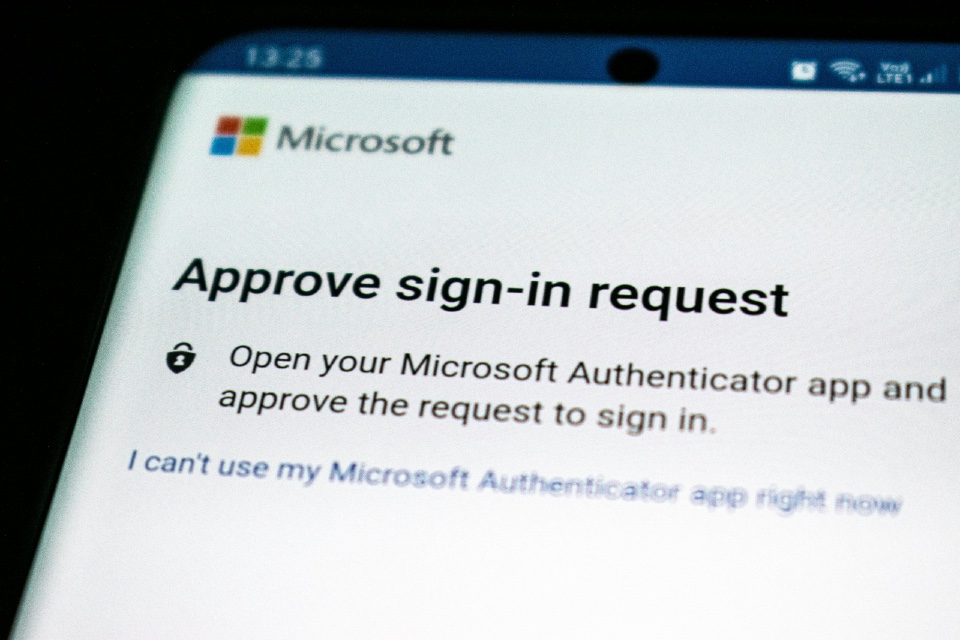Ecommpay doubles down on event ticketing fraud

Ecommpay says it is working closely with merchants to help them understand and tackle fraud to help protect customers, following recent data from Action Fraud that revealed £9.7 million was lost to ticket fraud in 2024. Data showed a rise in both ticket fraud reporting and financial losses in 2024 from 2023. The combined reported […]
FINANCIAL CRIME MONTH: Identifying the solution partners anti-fraud leaders need in 2025

With rising fraud, tighter regulations, and increasingly sophisticated criminal tactics, fraud prevention leaders must be equipped with the right tools, technology, and partnerships. From Anti-Money Laundering and Know Your Customer to transaction monitoring and fraud analytics, the landscape demands agile, scalable, and integrated solutions. Choosing the right financial crime prevention partner is not simply a matter […]
FINANCIAL CRIME MONTH: Embedding a risk-first culture in financial crime strategy

Financial crime risk is no longer the sole domain of compliance teams. As threats grow more complex and reputational risks rise, leading organisations are recognising that ticking regulatory boxes is not enough. To stay ahead, they are embedding a risk-first culture – one that treats financial crime prevention as a strategic priority shared across departments, rather […]
May is Multi-Factor Authentication Month on Fraud Prevention Briefing – Here’s how to get involved!

Each month on Fraud Prevention Briefing we’re shining the spotlight on a different part of the market – and in May we’ll be focusing on Multi-factor Authentication Solutions. It’s all part of our ‘Recommended’ editorial feature, designed to help industry buyers find the best products and services available today. So, if you specialise in Multi-factor Authentication Solutions and […]
Analysis indicates UK is the leading market for AI cybersecurity providers

Analysis of the most recent research results from the AI and Software cybersecurity market analysis report from the Government website by OnSecurity suggests the UK is the leading market for AI cybersecurity providers. Findings indicate that 48% of AI cybersecurity providers are headquartered in the United Kingdom, followed by the United States (38%), Ireland (6%), Israel (3%), Romania (2%), […]
FINANCIAL CRIME MONTH: Strengthening public-private collaboration in the fight against financial crime

From complex money laundering networks to fraud schemes enabled by AI and digital currencies, financial crime now moves faster and across more jurisdictions than ever before. No single institution – governmental or commercial – can tackle it alone. That’s why senior anti-fraud professionals across the UK’s private and public sectors are embracing shared intelligence models, cross-sector […]
AI Agents ‘will increasingly exploit weak authentication’

Account takeover (ATO) remains a persistent attack vector because weak authentication credentials, such as passwords, are gathered by a variety of means including data breaches, phishing, social engineering and malware. That’s according to Jeremy D’Hoinne, VP Analyst at Gartner, who said: “Attackers then leverage bots to automate a barrage of login attempts across a variety […]
Delegate registration ongoing for the Fraud Prevention Summit – November 2025

Have you registered for the next Fraud Prevention Summit? It’s taking place on November 10th 2025 at the Hilton London Canary Wharf. Your complimentary guest pass includes: – An itinerary, designed by you, of pre-qualified one-to-one meetings with solution providers – A seat at the industry seminar sessions – Lunch and refreshments throughout – Networking breaks to […]
FIS, Verifi and Riskified to lead chargeback management market in 2025

A study from Juniper Research has revealed which chargeback management providers will lead the global market in 2025. The Competitor Leaderboard ranked the top 15 chargeback management platforms across several criteria, including the extent to which each vendor covers prevention and dispute management, how well industry verticals are served, and future business prospects. The top five […]
RISK PREVENTION & COMPLIANCE MONTH: The art of balancing security and customer experience

Retailers are navigating a challenging landscape where the demand for seamless digital experiences must be balanced against increasingly sophisticated fraud threats. The shift to online and omnichannel retail, paired with consumer expectations for frictionless interactions, means that traditional fraud prevention approaches are no longer enough. To succeed, retailers must adopt a risk-first fraud prevention strategy—one that proactively assesses and […]
